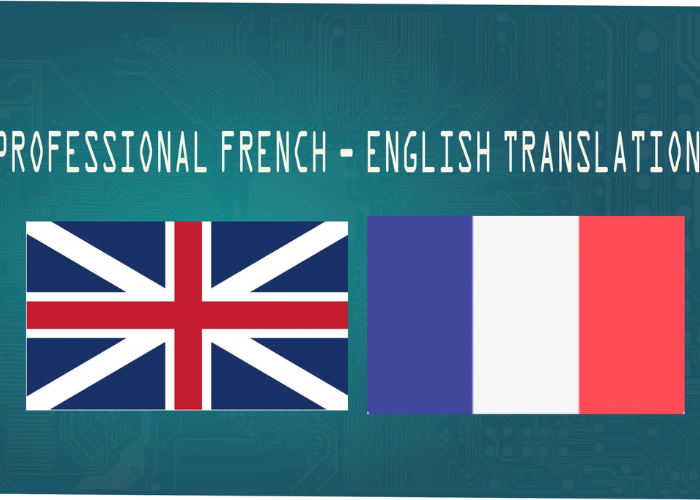In our increasingly interconnected world, effective communication across languages is crucial. As businesses expand globally and individuals connect with people from different cultures, the need for seamless language translation has never been greater.
One such essential translation pairing is from English to French, bridging the gap between two widely spoken languages. In this article, we delve into the nuances of translating English to French, exploring its importance, challenges, and best practices.
The Significance of English to French Translation
French, often referred to as the language of diplomacy, is spoken by millions around the globe. Its influence in various fields, including art, culture, and international relations, makes accurate translation from English to French essential.
From business documents and legal contracts to creative writing and academic research, the ability to convey meaning accurately and fluently in both languages is paramount.
Challenges in Translation
Translating English to French presents several challenges due to the linguistic and cultural differences between the two languages. English is known for its straightforward syntax and extensive vocabulary, while French boasts rich nuances and specific expressions.
The challenge lies in preserving the essence of the original message while adapting it to fit the cultural context and linguistic structure of French.
Idiomatic Expressions: Both languages are replete with idioms that can’t be directly translated. Translators must find culturally relevant equivalents to maintain the intended meaning.
Formal vs. Informal: French employs formal and informal registers more distinctly than English. Translators must choose the appropriate tone to match the context and audience.
Cultural Nuances: Understanding cultural references and sensitivities is vital. A phrase that works well in English might not have the same impact in French.
Best Practices for Accurate Translation
Translators’ Expertise: Choose experienced translators who are not only fluent in both languages but also well-versed in the cultures and subject matter being translated.
Context is Key: Provide translators with context to ensure they grasp the intent behind the text, allowing them to make informed linguistic and cultural choices.
Localization: Adapting content to suit the cultural norms, preferences, and linguistic variations of the target audience enhances engagement and understanding.
Review and Proofreading: Thoroughly review and proofread translations to catch any errors, ensuring the final output is polished and professional.
Collaboration: Maintain open communication with translators. A collaborative approach can help resolve questions and ensure accuracy.
Tools for Effective Translation
Machine Translation: Automated tools like Google Translate offer quick results but might lack the precision and nuance required for professional or sensitive content.
Translation Software: Professional translation software, like SDL Trados or MemoQ, helps translators maintain consistency in terminology and style across projects.
Conclusion
Accurate translation from English to French is an intricate process that demands a deep understanding of both languages and their respective cultures. Whether you’re a business seeking to expand its reach or an individual connecting with a broader audience, mastering the art of translation opens doors to new opportunities.
By acknowledging the challenges, adhering to best practices, and leveraging the right tools, you can bridge linguistic gaps and foster meaningful communication across borders.




